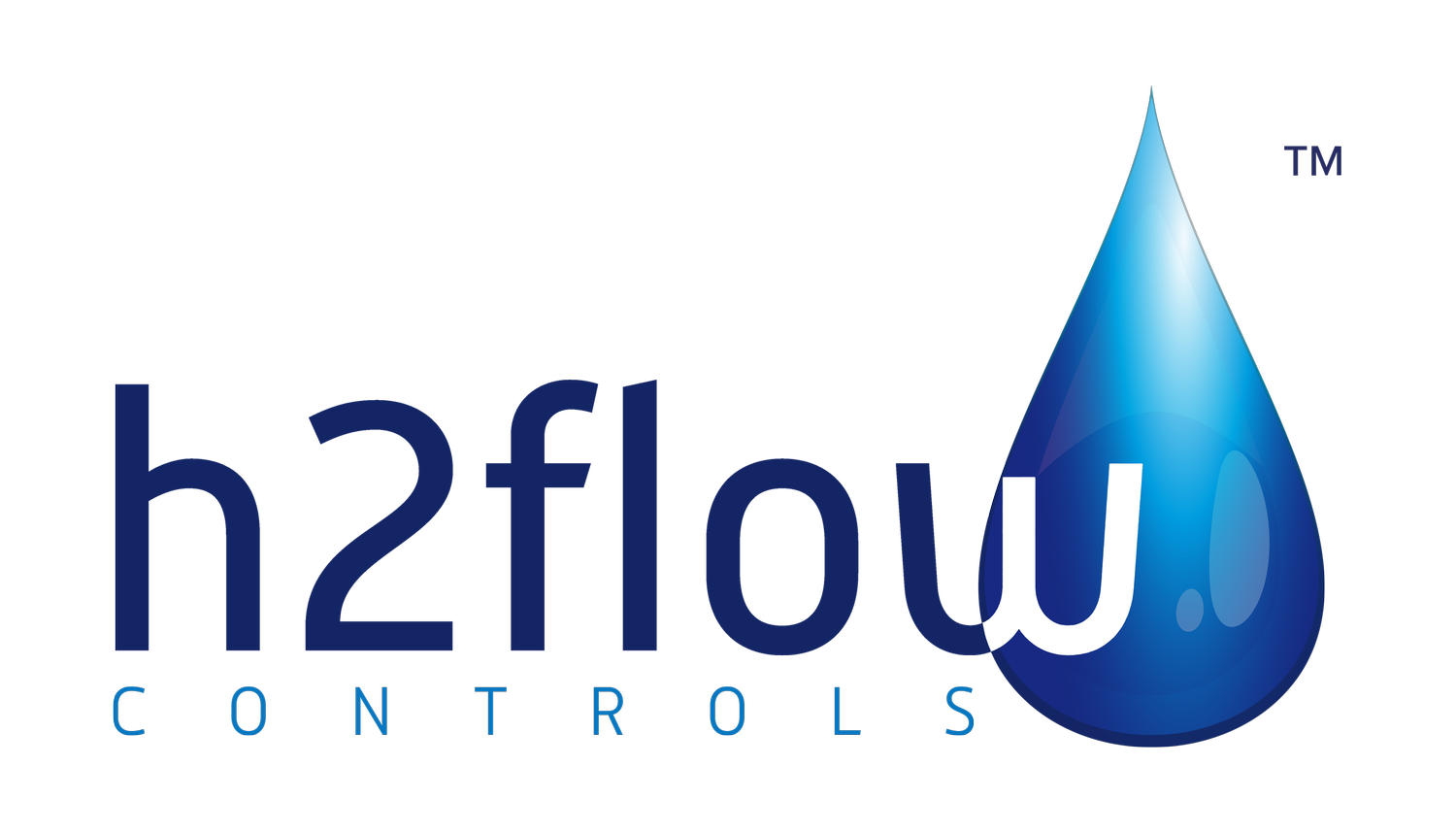emotron pump control distributes heat in sollentuna
Sollentuna Energi has provided district heating since 1969. The company is in the midst of an expansion and is increasing capacity in order to meet rising demand. Emotron variable speed drives are used for, among other things, controlling the pumps in the network’s booster stations.
more interest in district heating
The municipal company Sollentuna Energi comprises seven business areas: District Heating, Mains Electricity, Broadband Network, Electricity Sales, Water, Waste & Recycling, and Transports. The company employs 70 people and has an annual turnover of approximately SEK 450 million.
The municipality has provided district heating since 1969. The network is connected to Fortum’s nuclear power plants in Hässelby and Brista. In Sollentuna, as in the rest of Sweden, greater consideration for the environment, plus rising electricity and oil prices, has led to more and more people wanting to connect their property. The development and expansion of capacity is now taking place at a tremendous rate in order to meet the rising demand. 318 properties signed up over the course of 2005, and by the end of the year almost all the blocks of flats in the municipality and just over 2,600 single family dwellings had also been connected. In Sweden district heating now accounts for around half of all heating in homes and business premises.
Three pumps maintain the pressure in the district heating network pipes. Peter Johannisson (right) and Franc Rostedt (left) are very pleased with the extended functionality of the Emotron FDU 2.0. "The built-in shaft power monitor prevents dry-running and we can control several pumps with just one Variable Speed Drive," says Peter Johannisson.
collaboration provides optimum pump solutions
The company Pumphuset is also based in Sollentuna, and for many years it has installed and maintained pump controls in the local heating, water and wastewater plants. Pumphuset works with all manner of pumps and offers installation, maintenance, servicing, and advice. As an Emotron partner, Pumphuset can offer total solutions that include Emotron shaft power monitors, Soft Starters, and variable speed drives. The collaboration between Peter Johannisson, an installer for Pumphuset, and Franc Rostedt, an operations engineer at Sollentuna Energi, goes back about five years. “We’re very satisfied with Pumphuset,” says Franc. “Their good service and high competence are very reassuring. Working with a local supplier is also a huge advantage as if any problems crop up they can be on site very quickly”.
control pumps for boosting water pressure
There are two booster stations in the Sollentuna district heating network. One of them is in the part of town as Häggvik. When this station was rebuilt in connection with road works, Sollentuna Energi took the opportunity to upgrade the pump control system at the same time. They turned to Pumphuset, who chose the Emotron FDU 2.0 variable speed drives. The drives were brought into commission in the spring of 2006 and acted as a pilot project ahead of the product launch that autumn.
The pump station has two Emotron FDU units, the first a 75 kW and the second a 90 kW. They control two pumps that are run alternately a week at a time. A third pump with a separate control system acts as a back-up pump. Operation is demand-driven and controlled on the basis of the difference in pressure between the water distributed to the subscribers and the water that returns. The difference is measured in substations along the network where sensors send signals to a pump computer. This in turn tells the variable speed drives the pumps’ reference values and actual values.
Pumphuset chose the Emotron FDU 2.0 Variable Speed Drives for control systems at Sollentuna Energi. "Installation is simpler and cheaper thanks to the smaller size and higher enclosure class. The removable control panel means it is easy to transfer settings, " says Peter Johannisson (right) and Franc Rostedt (left).
simpler and cheaper installation
“We’re seeing lots of benefits with the new Emotron FDU drives,” says Peter Johannisson. “Installation is simpler and cheaper thanks to the smaller size and higher enclosure class. We now have two wall-suspended IP54 units that cope well with the heat. During the spring and summer months the temperature can get up to 35-40 degrees Celsius (95-104 degrees Fahrenheit) in here. And that places huge demands on the equipment”.
Peter also believes that the variable speed drives are very neat and tidy inside, facilitating maintenance.
more user-friendly
The Emotron FDU 2.0 also has several new features that make it even more user-friendly. Peter Johannisson and Franc Rostedt say that the most important thing is the option to select which process unit, e.g., flow, is shown on the control panel display. Another advantage is that the control panel is removable and has its own memory.
“This allows us to download the program we’ve created and copy or move it to the other Emotron FDU units. The facility to connect a PC cable directly beneath the control panel on the front also means that we don’t need converters anymore”.
protect pumps from running dry
Another new feature that Peter and Franc can see being extremely useful is the I/O card that allows an Emotron FDU 2.0 to control up to seven pumps without a PLC or other external equipment. They are also going to make use of the built-in shaft power monitor to protect the pumps.
“Above all else, it comes down to the facility to avoid dry-running via alarms and blocking when there isn’t enough water,” says Peter Johannisson.
Protection functionality is an area in which Pumphuset has contributed some ideas to Emotron’s R&D department in Helsingborg.
“We draw on their experience in the field,” says Torbjörn Pettersson, a salesperson at Emotron. “They know how our products work in different applications and what people want them to do. After all, it’s the needs of the customers that should determine our product development work”.



